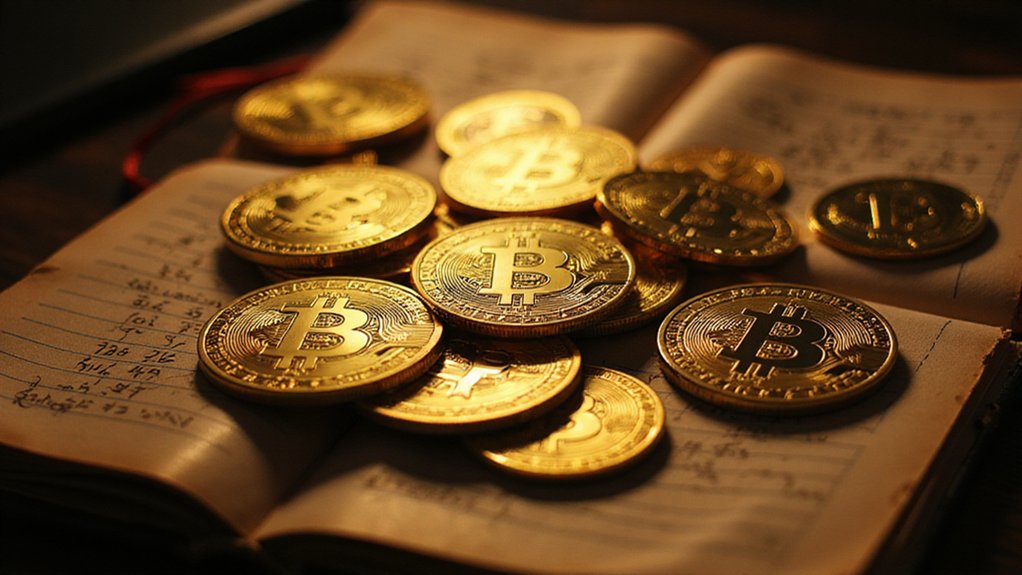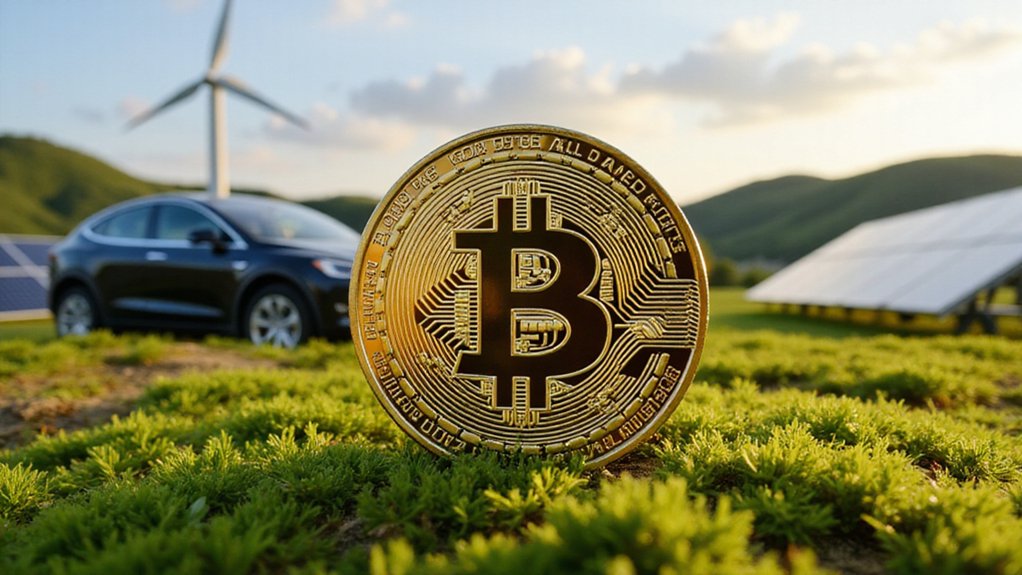While traditional carbon markets have long struggled with opacity and fraud—issues that have plagued environmental finance since its inception—JPMorgan’s digital assets arm, Kinexys, has launched a tokenization pilot that promises to drag these antiquated systems into the blockchain era.
The collaboration involves S&P Global Commodity Insights, EcoRegistry, and the International Carbon Registry, creating what amounts to a digital overhaul of carbon credit infrastructure that has operated with all the transparency of a black box for decades.
The pilot addresses carbon markets’ most persistent demons: double counting, fraudulent claims, and the general inability to track credits through their lifecycle with any meaningful precision. By tokenizing carbon credits listed in partner registries, the initiative leverages blockchain’s immutable ledger to create an auditable trail from issuance through retirement—a concept that should have been elementary from the start, yet here we are.
The immutable ledger finally brings elementary accountability to carbon markets that have operated without meaningful precision for decades.
Smart contracts automate trade execution when predefined conditions materialize, while distributed ledger technology guarantees every transaction receives verification across the network. The tokenization process converts traditional carbon credits into digital tokens, maintaining synchronization with existing registry systems through what the participants diplomatically term “immobilization”—essentially guaranteeing credits don’t exist simultaneously in analog and digital formats. This implementation mirrors DeFi’s approach to peer-to-peer transactions, eliminating traditional intermediaries while maintaining cryptographic security for each carbon credit transfer.
The implications extend beyond mere technological upgrades. Enhanced transparency and reduced fraud risk could finally legitimize carbon markets for institutional investors who have maintained skeptical distance from these instruments.
Tokenization theoretically lowers entry barriers for smaller participants while boosting liquidity through simplified trading on digital platforms—transforming what has been an exclusive club into something approaching actual market accessibility. This global reach enables cross-border transactions that create a unified international carbon credit market.
Financial institutions stand to benefit through new instrument creation, including green bonds and tokenized securities linked to carbon credits. The blockchain foundation supports portfolio diversification with hybrid products that integrate environmental assets, while enhanced price discovery mechanisms provide the transparency that ESG-focused investors have long demanded.
However, the pilot’s success hinges on resolving technical challenges inherent in bridging traditional registry systems with blockchain infrastructure. The global voluntary carbon credit market’s valuation of US$2.97 billion in 2023 underscores the significant scale of financial instruments that could undergo digital transformation.
The collaboration represents a significant step toward modernizing environmental finance, assuming the participants can navigate the complexities of tokenizing assets that exist primarily as regulatory constructs rather than tangible commodities.






